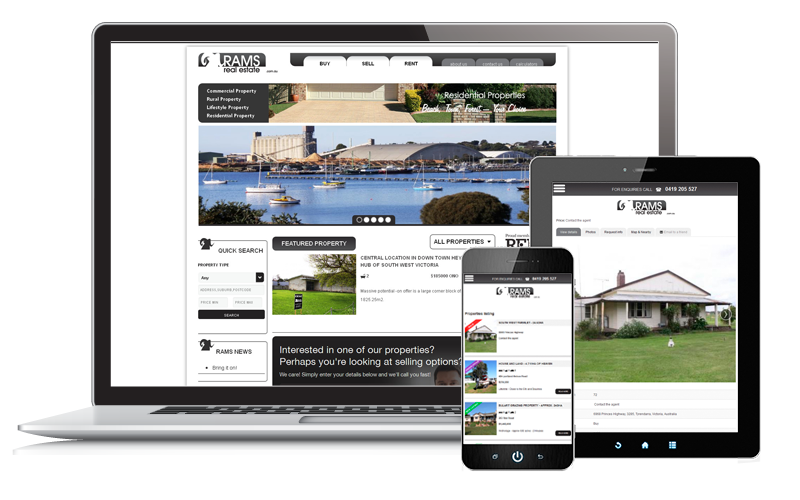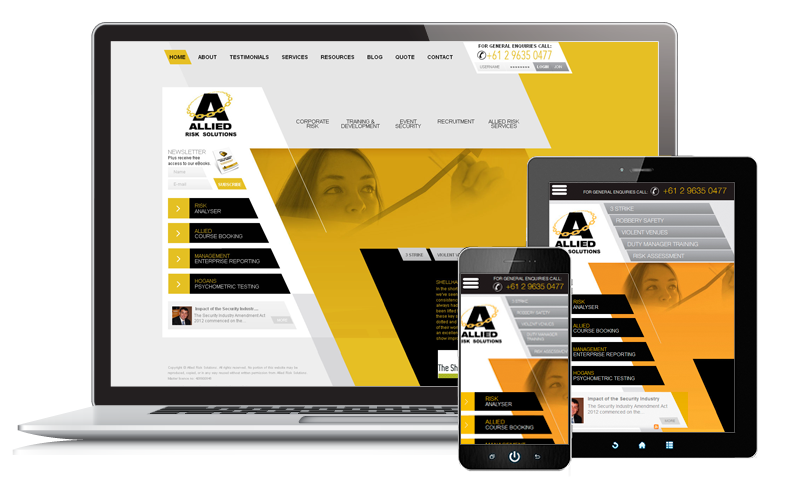This is where audience segmentation comes in. Audience segmentation pertains to the practice of classifying your audience into several groups, according to similarities. This allows you to have more specifically directed web page design and content, and increases the chances of conversion.
A site's online traffic is expectedly diverse. Each person seeks you out for a variety of reasons. Motivations are different; triggers vary. Through audience segmentation, you can address these diffferences using tone, images, and copy that appeal to your different segment groups
There are different ways to do segmentation. You can do the usual route, which creates segments according to sex and age. Sex segmentation works best on products that naturally caters to feminine and masculine preferences, such as clothes and shoes. Age segmentation can work in products like insurance coverage. Another is through roles. This determines if your online visitor is a decision maker and influencer, among others. This can be used to alter offers and how these are conveyed.
User-Directed Segmentation
An effective form of audience segmentation is user-directed segmentation. This allows the user to make the choices based on their current status and needs. They click and follow through, resulting in a higher conversion rate.
Here's an example of a user-directed segmentation: Let's say as an example that you have a Student Loan business, which offers different kinds of loans to university students based on their needs. A good user-directed segmentation for this is to make site visitors choose if their taking their bachelor's degree, masters or Ph.D. Whatever choice they select, they are led to offers and pages that responds specifically to their needs.
This form of segmentation comes with several benefits. First of all, you have a good idea about who composes your online traffic and where there are referred from. After all, it is the visitor who makes the choice and qualifies themselves under one of your specific segments. At the same time, you know which landing page performs and which needs to be updated. You will know if you need to redo your, say, Ph.D landing page if you can only convert a percent of the number of Ph.D students who get to see it.
Because your segments are very specific, you can make better content that caters to each one. Test out different images, tones and messages to see which increase conversion rates per segment. You can also alter offers so that these are more responsive to the segment's needs.
Relevance is the key to successful web page design
As you become more specific and more responsive to different needs, you also increase the relevance of your message and offers. Eventually, you can expect a higher conversion rate. Your target markets will respond positively to what you put out because you seem to know them and “speak” to them.
If you need a website solution or package that factors in advanced segmenting, webTree is for you.
Call (02) 4704 8404 for a confidential discussion about how segmented web page design can help you.













